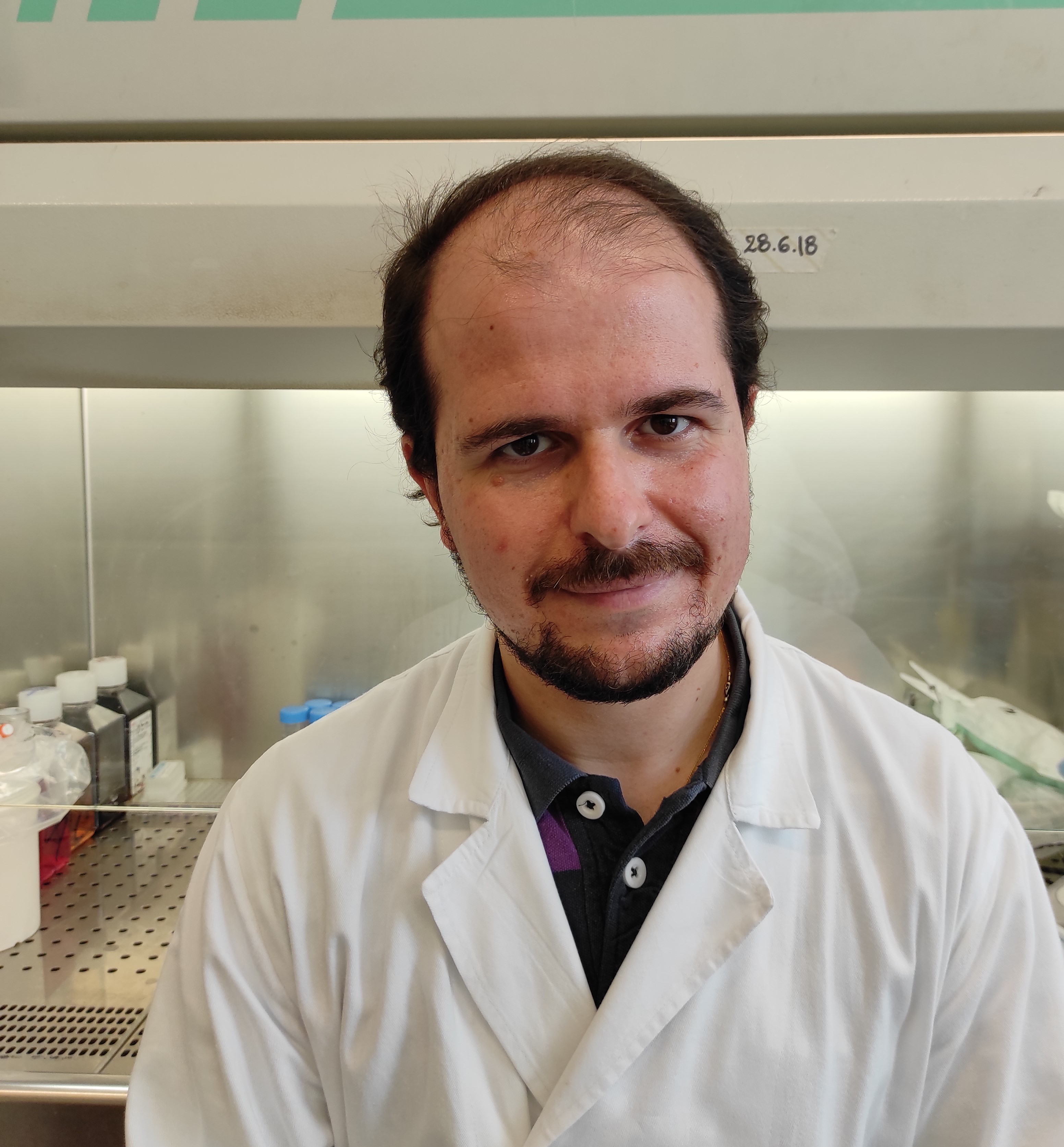Cancer Metabolism and Resistance to Cell Death: Novel Therapeutic Perspectives
A special issue of Biomedicines (ISSN 2227-9059). This special issue belongs to the section "Cancer Biology and Oncology".
Deadline for manuscript submissions: closed (31 October 2021) | Viewed by 17745
Special Issue Editor
Interests: reactive oxygen species; redox homeostasis; electron transport chain; mitochondria; cancer metabolism; apoptosis; anticancer strategies; autophagy; drug development; viruses; angiogenesis
Special Issues, Collections and Topics in MDPI journals
Special Issue Information
Dear Colleagues,
Metabolic rewiring is a common feature of cancer cells, which promotes tumorigenesis by sustaining uncontrolled proliferation, survival in an adverse microenvironment, invasion, metastasis, and resistance to anticancer therapies. Cancer cells tightly control catabolic and anabolic reactions through a plethora of processes, including oncogenic activation, loss of tumor suppressors, genetic alterations in metabolic genes, epigenetic regulation, and modulation by both microRNAs and long non-coding RNAs. Moreover, there is evidence that oncogenic viruses also impinge on these pathways to induce malignant transformation. Evasion of cell death is the leading cause of therapeutic failure. In this regard, cancer metabolism impacts on the response of cancer cells to treatment by activating pro-survival processes, including autophagy, or favoring immune escape by modulating the tumor microenvironment. The pivotal role of metabolic reprogramming in the resistance of cancer cells to different types of cell death, including apoptosis and ferroptosis, provides the rationale for anticancer strategies aimed at rewiring cancer cell metabolism. Such approaches have the potential to enhance the sensitivity of cancer cells to conventional and targeted therapies. This Special Issue of Biomedicines aims at dissecting the multifaceted connections between cancer metabolism and cell death pathways, with a focus on the pharmacological modulation of tumor metabolism as an anticancer strategy.
Dr. Francesco Ciccarese
Guest Editor
Manuscript Submission Information
Manuscripts should be submitted online at www.mdpi.com by registering and logging in to this website. Once you are registered, click here to go to the submission form. Manuscripts can be submitted until the deadline. All submissions that pass pre-check are peer-reviewed. Accepted papers will be published continuously in the journal (as soon as accepted) and will be listed together on the special issue website. Research articles, review articles as well as short communications are invited. For planned papers, a title and short abstract (about 100 words) can be sent to the Editorial Office for announcement on this website.
Submitted manuscripts should not have been published previously, nor be under consideration for publication elsewhere (except conference proceedings papers). All manuscripts are thoroughly refereed through a single-blind peer-review process. A guide for authors and other relevant information for submission of manuscripts is available on the Instructions for Authors page. Biomedicines is an international peer-reviewed open access monthly journal published by MDPI.
Please visit the Instructions for Authors page before submitting a manuscript. The Article Processing Charge (APC) for publication in this open access journal is 2600 CHF (Swiss Francs). Submitted papers should be well formatted and use good English. Authors may use MDPI's English editing service prior to publication or during author revisions.
Keywords
- cancer metabolism
- cell death
- oncogenic activation
- miRNAs and lncRNAs
- oncogenic viruses
- sensitization to anticancer therapies






